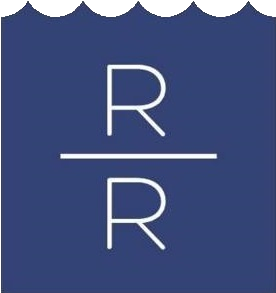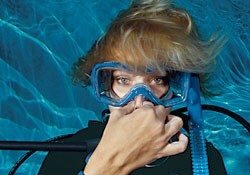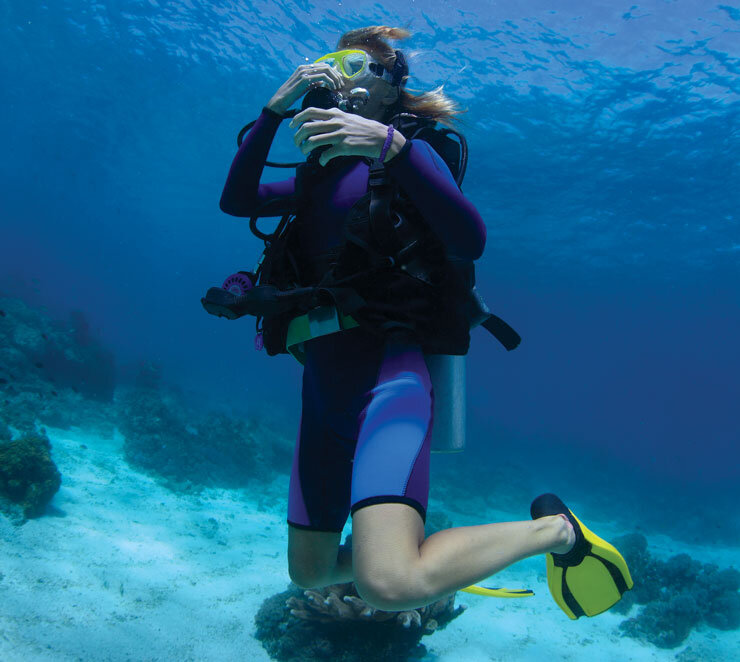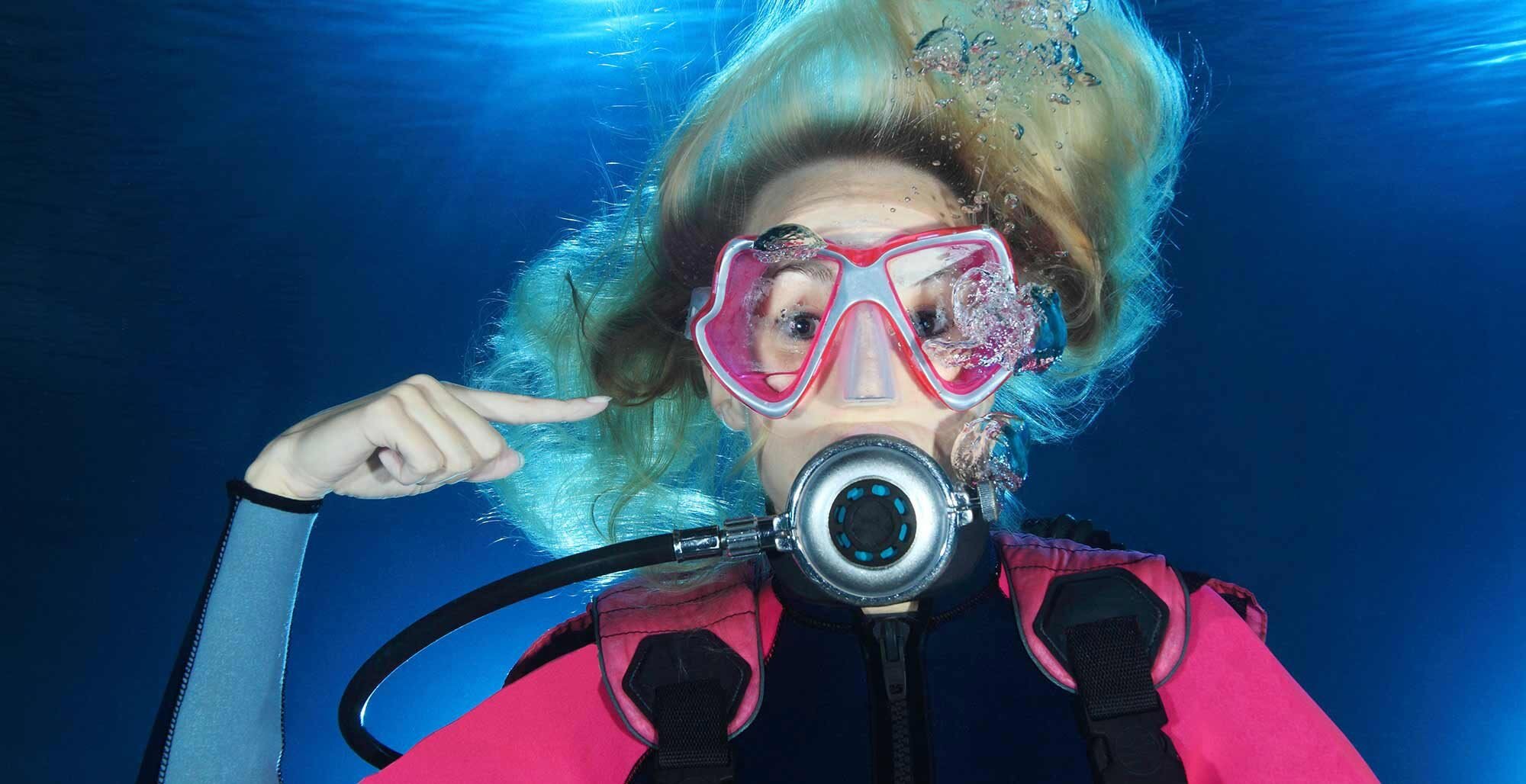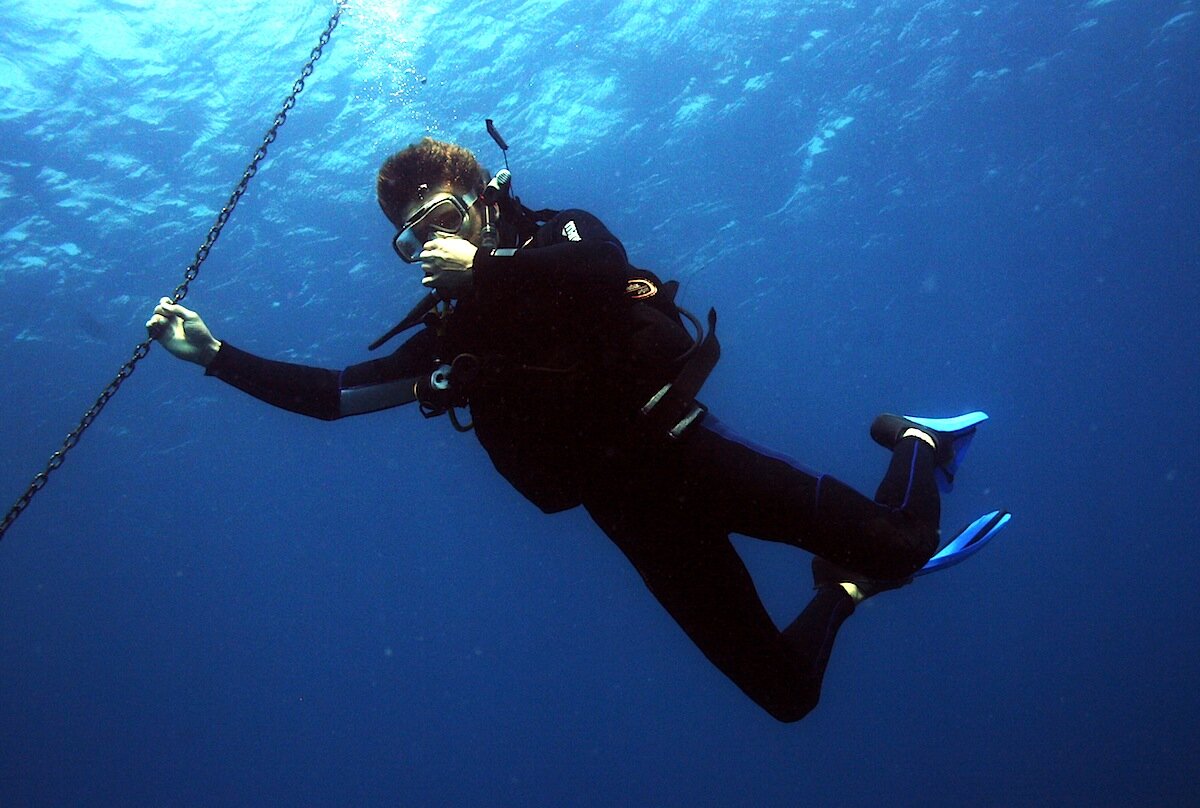Scuba Skills Review: 13 Tips for Easy Equalization
Have your ever been up in a plane and felt that pressure build up in your ears until they ‘pop’. That is called equalization and it is a basic skill that is required of all divers when we go underwater.
Equalization takes place in your middle ear and enables the equalization of the pressure in your sinuses and middle ear spaces with the ambient pressure around you.
Some divers have no problem equalizing and can do it naturally without issue as they descend. However some divers find it a little more difficult and need to take their time or perform actions to help them equalize. No matter how easily you can equalize, you should never force it as not equalizing properly can be very painful and can potentially lead to dangerous injuries.
Here we have 13 simple tips to help you equalize easier on your next dive:
Check your ears on land by listening for the ‘pop’
Before you even board the boat or enter the water, make sure that when you swallow or use the valsalva maneuver (close your mouth, pinch your nose and blow gently until your feel pressure in your ears) you hear a “pop” or “click” in both ears. This tells you both Eustachian tubes are open and are ready to equalize.Start equalizing early before you get in the water
Several hours before your dive, begin gently equalizing your ears every few minutes. “This has great value and is said to help reduce the chances of a block early on descent,” says Dr. Ernest S. Campbell, webmaster of “Diving Medicine Online.” “Chewing gum between dives seems to help,” adds Dr. Campbell.Equalize at the surface
“Pre-pressurizing” at the surface helps get you past the critical first few feet of descent, where you’re often busy with dumping your BCD and clearing your mask. It may also inflate your Eustachian tubes so they are slightly bigger. The guide here is to pre-pressurize only if it seems to help you and to pressurize gently.Descend feet first
Air tends to rise up your Eustachian tubes, and fluid-like mucus tends to drain downward. Studies have shown a Valsalva maneuver requires 50% more force when you’re in a head-down position than head-up. Keep your feet below your head as you descend to make it easier for you to equalize.Look up
Extending your neck tends to open your Eustachian tubes and may help with equalization.Use a descent line
Pulling yourself down an anchor or mooring line helps control your descent rate more accurately. Without a line, your descent rate will probably accelerate much more than you realize. A line also helps you stop your descent quickly if you feel pressure, before and serious problems like barotrauma has a chance to occur.Start Equalizing before you feel the need to and stay ahead of any pressure
Begin to equalize before you feel any squeeze. The deeper you go without equalizing the harder it is to equalize because the pressure increases more the further you go. Equalize often, trying to maintain a slight positive pressure in your middle ears.Stop if it hurts - Never force equalization!
Never try to push through any pain. If your ears won’t pop, don’t descend any further. Your Eustachian tubes are probably locked shut by pressure differential, and the only result will be barotrauma and serious damage to your ears. Try ascending a little and attempt equalizing again, but you should play it safe and abort the dive if you continue to have trouble equalizing. The risk to your ears is too high for a single dive, when you can always dive again another day.Ascend a little if you can’t equalize.
If you are having trouble getting your ears to equalize at a certain depth, ascend a little and try again. You need to be patient and take your time. Ascending slightly should reduce the pressure and make it easier to equalize. If you still can’t equalize after ascending, you should abort the dive.Avoid tobacco and alcohol and mucus producing foods.
Foods like milk increase mucus production which may affect equalization. Both tobacco smoke and alcohol irritate your mucus membranes, promoting more mucus that can block your Eustachian tubes.Never dive with a head cold.
Head colds can make equalization very difficult or even impossible. Avoid the temptation to use medicines to try and alleviate symptoms in the short term to help you equalize. If you have a cold, wait to dive another day - the ocean isn’t going anywhere!Keep your mask clear
Water up your nose can irritate your mucus membranes, which then produce more of the stuff that clogs your sinuses and prevents equalization.Practice makes perfect! Try different techniques of equalization.
Divers who experience difficulty equalizing may find it helpful to master several techniques. Many are difficult until practiced repeatedly, but this is one scuba skill you can practice anywhere. Try practicing in front of a mirror so you can watch your throat muscles.
The Valsalva maneuver mentioned above is the most common way to equalize. However there are other methods that may work: for example try with your nostrils pinched or blocked against your mask skirt, swallowing. Swallowing pulls open your Eustachian tubes while the movement of your tongue, with your nose closed, compresses air against them. This technique is called the Toynbee maneuver. Anther thing to try is wiggling your jaw from side to side to loosen up your Eustachian tubes.
